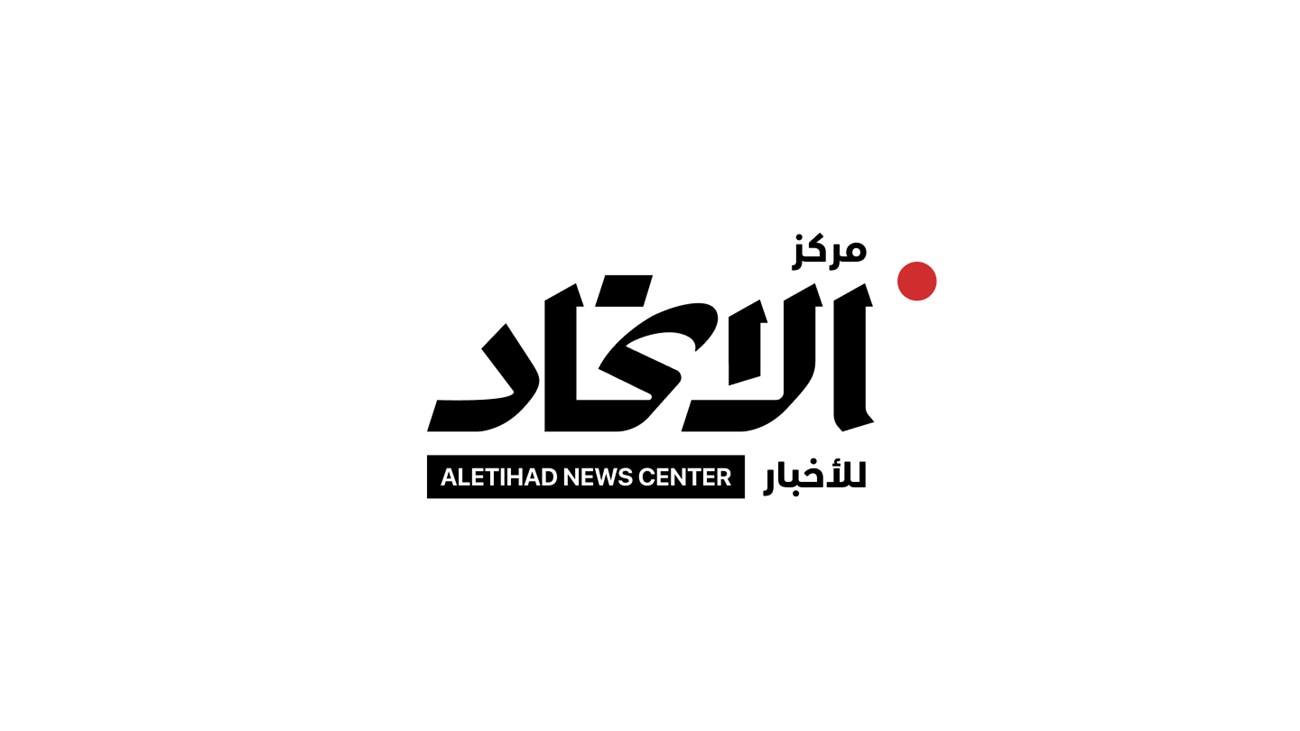SARA ALZAABI (ABU DHABI)
The UAE Research Program for Rain Enhancement Science (UAEREP) on Tuesday announced plans for its 10th anniversary in January 2025 during a media briefing at the National Center of Meteorology (NCM) in Abu Dhabi.
Notable highlights will include the launch of UAEREP's sixth global grant cycle and the seventh International Rain Enhancement Forum (IREF), scheduled to be held in Abu Dhabi on January 28-30, 2025.
The upcoming Abu Dhabi forum will bring together international specialists to discuss breakthroughs in AI-driven hybrid models and cloud-seeding approaches.
Established in 2015 under the patronage of His Highness Sheikh Mansour bin Zayed Al Nahyan, Vice President, Deputy Prime Minister, and Chairman of the Presidential Court, UAEREP has emerged as a leading authority in rain enhancement research, with a focus on the important water security concerns that desert regions face.
To date, the programme has provided grants worth $22.5 million to 14 innovative research projects across nine countries, resulting in eight international patents, over 100 peer-reviewed research papers in top-ranking journals, and a global network of partners and stakeholders across nearly 90 countries, according to a UAEREP statement.
The programme's initiatives for 2025 feature a sixth grant cycle of up to $1.5 million per project, with a focus on five major areas: optimised cloud seeding materials, cloud formation systems, autonomous UAVs, localised climate interventions, as well as advanced data modelling.
The seventh edition of the IREF will focus on five key strategic pillars: collaboration, innovation, capacity building, artificial intelligence and applied research, according to the statement.
Dr. Abdulla Al Mandous, Director General of the NCM and President of World Meteorological Organization (WMO), said, "Achieving global water security requires more than conventional approaches; it necessitates continuous innovation and the deployment of advanced, data-driven and AI-supported technologies. Through the UAE Research Program for Rain Enhancement Science, we have actively invested in these areas. The UAE's water security agenda is closely aligned with global priorities, and we are committed to playing a leading role in achieving these shared objectives through the UAEREP."
Omar Al Yazeedi, Deputy Director General of the NCM said that water security is one of the UAE's most pressing challenges due to "our arid climate and limited rainfall."
Discussing NCM's accomplishments, Al Yazeedi drew attention to the Emirates Weather Enhancement Factory which manufactures cutting-edge nanotechnology-based cloud-seeding materials capable of generating big water droplets by up to 300% in humid situations, considerably enhancing precipitation.
Al Yazeedi also announced that the NCM has been named a WMO Regional Training Centre for Asia, demonstrating its commitment to improving meteorological knowledge.
Alya Al Mazroui, Director of UAEREP, said that UAEREP supports award-winning projects with technical assistance, facilitating data sharing and expertise to fit the UAE's environmental context.
Speaking to Aletihad, Al Mazroui reflected on the programme's accomplishments. She stressed the programme's commitment to safe, environmentally friendly practices.
"All the cloud seeding operations are done on a scientific basis. Thus, it is safe; we use environmentally friendly materials. We take into consideration the safety of the pilots and the aircraft, and the environment."
Also speaking to Aletihad, Ahmad Al Kamali, Acting Head of Cloud Seeding Operations at the NCM, shared the dynamic nature of the UAE's cloud-seeding efforts.
He said that the number of flights varies depending on weather conditions, "If there are multiple clouds scattered around the UAE, we may send more than one aircraft. Thus, the operations may vary between one flight to six flights depending on the situation."
On average, the UAE conducts around 300 to 400 cloud-seeding flights per year, totalling nearly 1,000 flight hours, he added.
Al Kamali also addressed the challenges posed by environmental conditions, specifically the region's high levels of aerosols from adjacent places, which can have an impact on rainfall enhancement.
They mainly come from different sources, such as the Empty Quarter, the Arabian Gulf, from the Iran side, and also the Indian side.
"These aerosols can affect the enhancement of the rainfall in general and the lifetime of the cloud," he said.
Addressing these challenges, the NCM employs a variety of hygroscopic flares, some designed for aircraft and others for ground-based generators, as well as advanced nanotechnology flares coated with titanium dioxide.
UAE provides grants worth $22.5m for rain enhancement projects across 9 countries


